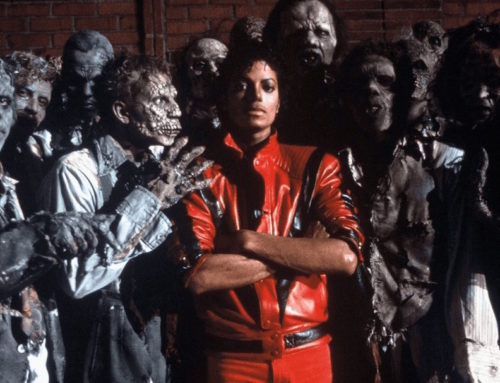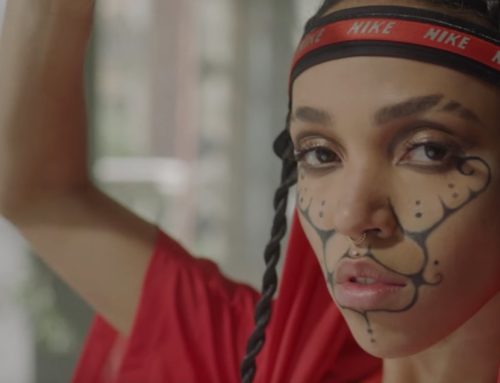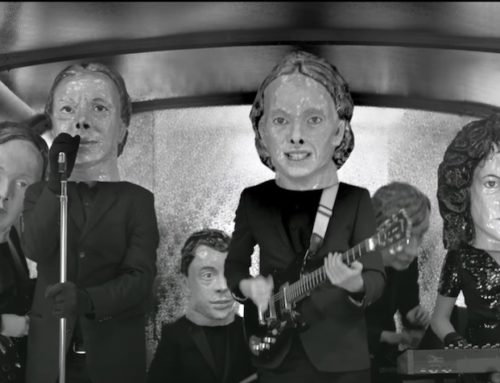At the beginning of last year, Beyoncé’s performance of Formation at Super bowl 50 shocked the 111 million strong audience, exploding the preoccupations of the Black Lives Matter (BLM) movement and a newly politicised generation into the mainstream.
Surrounded by black women wearing the trademark leather jackets and berets of the Black Panther Party, and giving a black power salute with a wry smile, the routine was incendiary, provoking acres of commentary, praise and condemnation. But the showstopper didn’t come out of nowhere, and as the video for Formation shows, along with videos from Kendrick Lamar, Joey Badass, Run the Jewels, and many more, the tumult of the last several years in American society continues to be reflected in its’ music and music videos.
The recent MTV music video awards (where Kendrick Lamar won video of the year for HUMBLE.) invited transgender members of the armed forces to the ceremony. The gesture was intended as a rebuke to Donald Trump’s announcement on Twitter that “the United States Government will not accept or allow Transgender individuals to serve in any capacity in the U.S. Military.”
In Beyoncé’s video for Formation, the RnB superstar stands alongside transgender men and women, the colour of their clothes alternating from black to white as we move through a myriad of settings and experiences. The video builds up a mosaic of the black experience in the United States, from the slavery of the deep south, through hurricane Katrina, to Black Lives Matter.
The tropes and images in Formation, along with Alright by Kendrick Lamar, have been repeated and expanded on in the last few years. In Formation, Beyoncé moves from a glossy interior of a southern house to a grainy parking lot, looking equally in command of all she surveys in each setting. In Alright, Kendrick gets carried in his car by four policemen. He then stands, arms outstretched, atop a high lamp post, looking like the king of the world. That is until a cop shoots him down.
The image of black people dressed in black and facing off with the cops is a recurring theme. In Joey Badass’ video for Land of the Free, this image is complimented by the addition of handcuffs and chains. The children dress in white and seem less broken by the realities surrounding them.
In Formation, director Melina Matsoukas has a child wearing a black hoodie dancing in front of a line of police while the camera cuts to a scrawled message on the wall – “stop killing us”.
Video director Nathan R. Swift and Joey Badass have a group of chained adults, again dressed in black, but this time facing a firing squad of cops and politicians. A recurring theme of Smith’s work, featuring in Land of the Free and Mick Jenkins’ Drowning, is the juxtaposition of playful, hopeful children with brutalised adults. This image speaks both to the hope that the new movements have created (maybe best encapsulated by Kendick Lamar’s lyric, taken up on BLM protests “we gonna be alright”) and the harsh reality many still face.
In DNA, from Lamar’s latest album, Damn, the rapper is (unsurprisingly) dressed in black and this time chained to a desk while he is interrogated. The voice of Geraldo Rivera crackles and breaks in the background. The Fox News presenter had said “hip-hop has done more damage to young African-Americans than racism in recent years” and Lamar rips up the quote while seemingly teleporting into the mind of his interrogator.
Perhaps the most common theme running through this new movement in music video is that of greatness. Admittedly, bombast is nothing new to rap, but the confident new mood of resistance that these videos emerge out of and reflect gives an added political edge to the self-assured poses of the artists. In the video for HUMBLE., seeing Kendrick Lamar dressed as a bishop is not just to watch another rapper extolling his virtues. It also speaks to the self-confidence of a movement is shaping the imagery and preoccupations of mainstream culture and is still hopeful of achieving social change.





